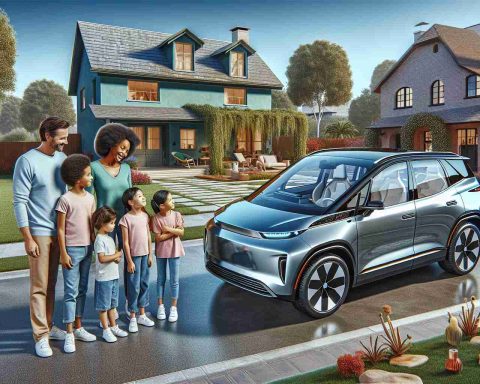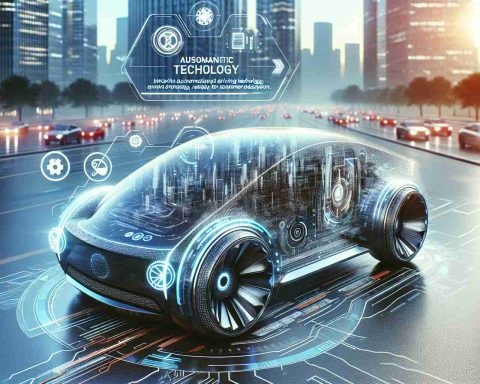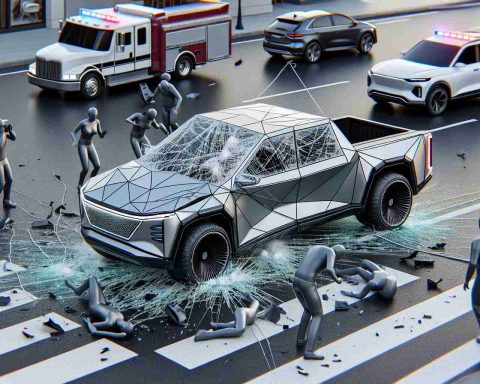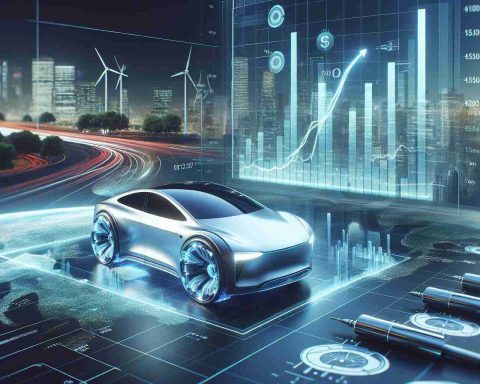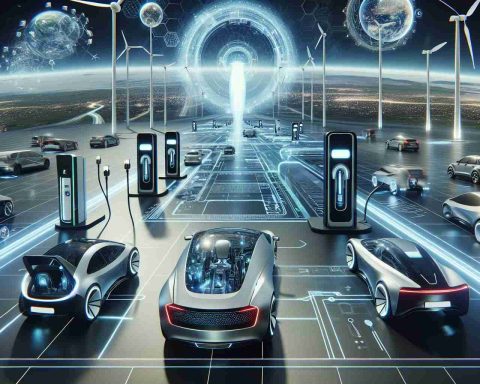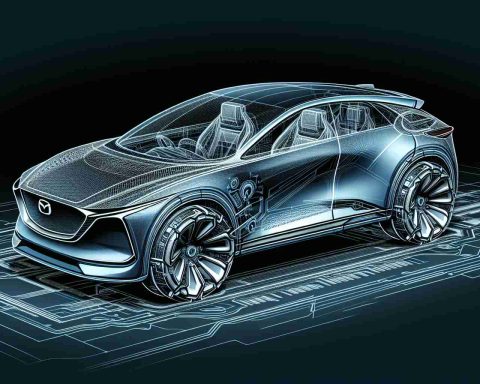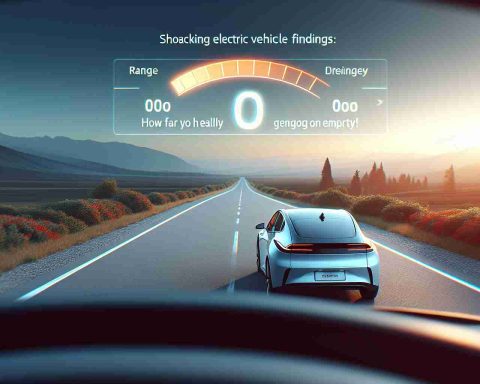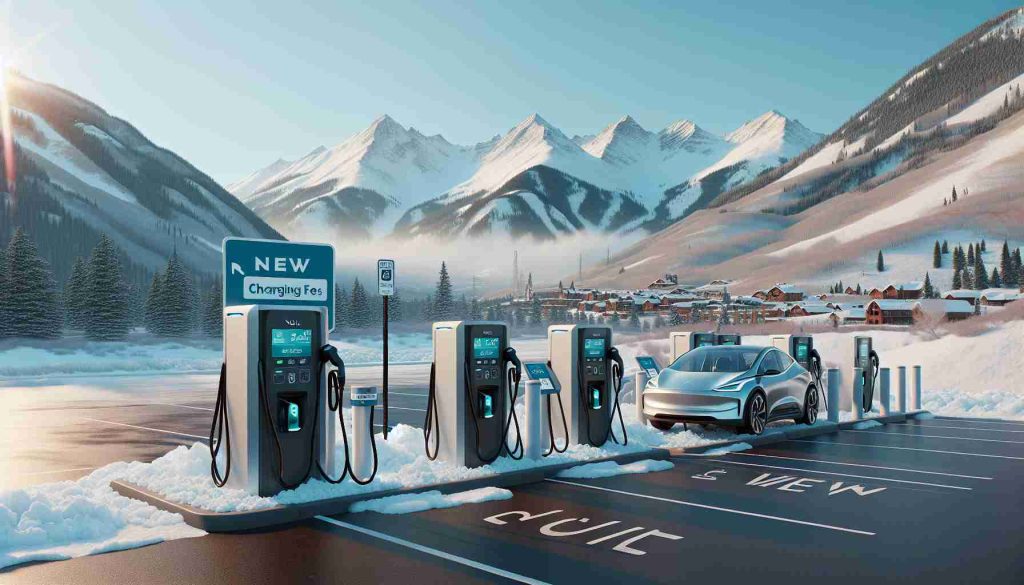- Autonomous vehicles are significantly transforming the transportation industry, with major advancements occurring rapidly.
- The partnership between Waabi and Volvo aims to improve the safety and efficiency of autonomous trucking by 2025.
- Samsung’s new ultra-small capacitor enhances LiDAR and driver-assistance systems, allowing for better reliability in autonomous vehicles.
- TIER IV and Nihon Kotsu are using AI to upgrade taxi services, potentially expediting the rollout of Level 4 autonomous vehicles.
- WeRide’s Robovan W5 improves logistics by maximizing cargo capacity and optimizing delivery routes.
- Cenntro’s deployment of over 1,000 autonomous delivery vehicles illustrates the growing interest in electric and autonomous transportation solutions.
Autonomous vehicles are not just a fleeting concept—they’re rapidly reshaping the transportation landscape! Recent partnerships and innovations from industry leaders highlight the exciting advancements driving this revolution.
Waabi and Volvo are joining forces to enhance autonomous trucking, merging Waabi’s cutting-edge AI with Volvo’s expertise. The Waabi Driver system will be integrated into Volvo’s VNL Autonomous trucks, setting a new standard for safety and efficiency in freight transport. By 2025, we could see these AI-driven trucks hauling goods across North America, transforming a $1 trillion industry.
Meanwhile, Samsung Electro-Mechanics has launched a groundbreaking ultra-small capacitor for autonomous driving, pushing the boundaries of what’s possible in LiDAR and advanced driver-assistance systems. With a 60% increase in voltage, this new capacitor promises unprecedented reliability and performance on the road.
In Tokyo, TIER IV and Nihon Kotsu are enhancing taxi services with AI, collecting data to improve ride safety and quality. Their project could fast-track Level 4 autonomous vehicle deployment, making robotaxis a reality for urban commuters.
WeRide has unveiled its Robovan W5, a game-changing Logistics vehicle boasting unmatched cargo capacity and real-time route optimization. This robust machine is set to streamline urban and long-distance delivery services, proving that automation can enhance efficiency while reducing costs.
And Cenntro is celebrating the launch of over 1,000 autonomous delivery vehicles, cementing its commitment to the growing market for electric and autonomous solutions.
As these innovations unfold, one thing is clear: the future of transportation is automated, efficient, and immensely exciting! Are you ready for the ride?
Revolutionizing Transport: The Autonomous Vehicle Innovations You Need to Know!
Autonomous Vehicles: The Future of Transportation
The realm of autonomous vehicles (AVs) is evolving at an unprecedented pace, promising to transform how goods and people are transported. With significant advancements in technology, innovative partnerships, and a slew of new vehicles ready to hit the road, the future looks bright and automated for the transportation industry.
New Innovations and Trends in Autonomous Vehicles
1. Enhanced AI Partnerships: The collaboration between Waabi and Volvo is set to redefine the trucking industry. The integration of Waabi’s AI into Volvo’s VNL Autonomous Trucks is expected to usher in a new era of freight transport, with an emphasis on safety and efficiency that could reshape logistics by 2025.
2. Breakthrough Components: Samsung Electro-Mechanics has introduced a state-of-the-art ultra-small capacitor designed for AV applications. This innovation enhances LiDAR and driver-assistance system capabilities with a remarkable 60% increase in voltage, promising improved reliability and performance in various weather conditions.
3. Urban Innovations: TIER IV and Nihon Kotsu are paving the way for successful AI-driven taxi services in Tokyo. Their endeavor aims to utilize data to improve service quality and safety, significantly hastening the development of Level 4 autonomous vehicles and potentially making robotaxis a convenient option for urban populations.
4. Advanced Logistics: The launch of WeRide’s Robovan W5 brings notable advancements in logistics. With its impressive cargo capacity and real-time route optimization, this vehicle exemplifies how automation can drastically improve delivery efficiency and cut operational costs.
5. Market Growth: Cenntro’s introduction of over 1,000 autonomous delivery vehicles showcases the burgeoning market for electric and autonomous solutions, indicating a steady shift towards more sustainable practices in logistics and transportation.
Important Questions About Autonomous Vehicles
Q1: How do autonomous vehicles impact safety in transportation?
A1: Autonomous vehicles are designed with multiple safety features, including advanced sensors and AI-driven systems that can react faster than human drivers. By reducing human error, AVs hold the potential to significantly lower accident rates and improve overall road safety.
Q2: What are the main challenges facing the widespread adoption of autonomous vehicles?
A2: The primary challenges include regulatory hurdles, public acceptance, cybersecurity concerns, and the requirement for a robust infrastructure to support AV technologies. As these technologies advance, tackling these issues will be critical for successful deployment.
Q3: How does the growth of autonomous vehicles influence environmental sustainability?
A3: Many autonomous vehicle solutions leverage electric power and energy-efficient technologies, thereby reducing carbon emissions. Their optimization of routes and driving patterns can further contribute to lower energy consumption, making them a more sustainable alternative to traditional vehicles.
Emerging Insights and Forecasts
The current trajectory suggests that by 2030, autonomous vehicles could account for approximately 15% of the total vehicle sales globally. Innovations in AI technology, battery efficiency, and connectivity will likely drive this growth, positioning AVs as a critical component of future transportation solutions.
The autonomous vehicle sector is also predicted to see significant investments, as companies recognize the lucrative potential of the market, projected to reach several hundred billion dollars in the coming decades.
Suggested Links
For more insights on the advancements in autonomous vehicles, visit Forbes and McKinsey & Company.
As the autonomous vehicle landscape continues to evolve, we enter a transformative phase in transportation that promises to reshape our daily experiences and the globe’s logistics networks. The future is indeed automated and efficient!

